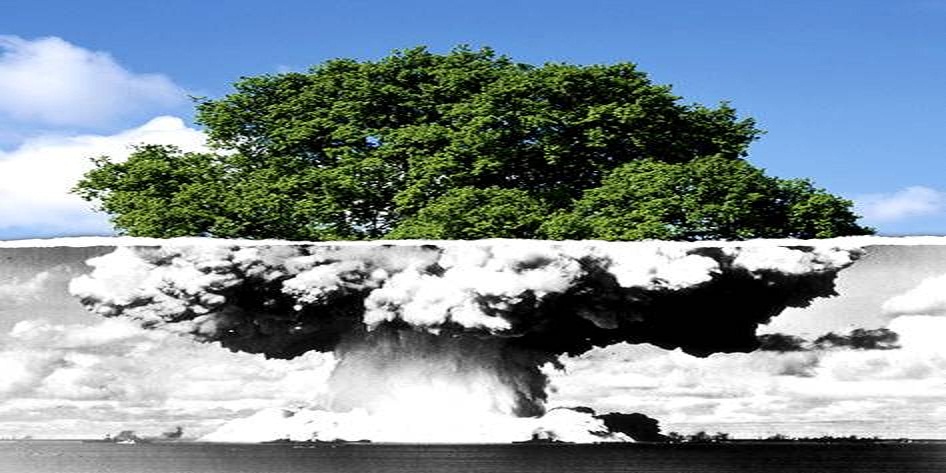THE RECLAIMING OF FORMER MINING SITES

At the end of their lifecycle, mining sites aredisassembled, reclaimed and replanted, in strict compliance with current environmental standards and in concert with local communities. AREVA keeps these sites under radiological and environmental monitoring for at least 10 years, in order to observe and control their development.
A NEW LIFE FOR FORMER SITES
At the end of their operation, mining sites are disassembled and reclaimed for integration in the surrounding environment. Former mining sites become woodlands, agricultural land, with a body of water, or are converted into business parks.
Mine redevelopment is an industrial operation in its own right and is conducted on solid scientific and technical grounds. Through consensus building and adherence to regulations, site rehabilitation seeks to:
- ensure public health and safety,
- minimize the impacts of residual legacy operations,
- limit the use of space by legacy sites,
- ensure their integration with the landscape.
Over the years, AREVA has committed over 400 million euros to disassembling mining facilities. The group has reclaimed 13 sites in France, Gabon, the United States and Canada.
CLEAN-UP AND DISASSEMBLY
Ore processing facilities and other industrial buildings are subject to chemical and radiological decontamination. They are usually disassembled, unless some other satisfactory usage can be found.
Ore processing waste is stored. This storage is carried out in specially fitted pits or old open-pit mines. Waste is covered by a layer of material suitable for replanting.
The areas of the site where processing waste is stored (mining waste) remain the property of AREVA, which carries out all environmental monitoring and checks.

Rehabilitation of the Cluff Lake mine (Canada) in 2004
MONITORING THE ENVIRONMENTAL IMPACT
Reclaimed mining sites must be monitored over the long term. The aim is to:
- minimize environmental risks and impacts,
- protect the health and safety of nearby communities.
Experience shows that former mining sites require at least 10 years of monitoring before returning to chemical and radiological stability. AREVA's environmental management system goes above and beyond existing regulatory obligations by extending the monitoring period. This period depends on thenatural features of the site, but also on local social expectations.

The La Commanderie open pit mine undergoing redevelopment
REDEVELOPMENT OF FRENCH SITES
In France, mining for uranium ore ceased in 2001, when the economically exploitable deposits were depleted. Uranium was mined at 210 sites across France. Half of these sites were operated by AREVA and its subsidiaries.
The rehabilitation of mine sites requires real know-how, which is why a single operator is usually chosen.The French government chose AREVA for this mission, due to its recognized expertise in natural uranium and its commitment to social responsibility.
With a rehabilitation budget of 4 to 5 million euros per year, AREVA constantly has 100 specialists (in health, radiation protection, geology and the environment) and performs close to 10,000 analyses every year, including those on sites which were not operated by the group.

0 comments:
Post a Comment